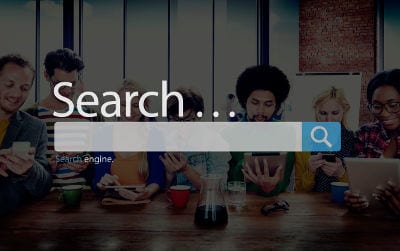Rashi Glazer a professor at Haas School of Business at UC Berkeley talk on customer as a sustainable asset. ROA as a business driver…ROA = turnover multiplied by operating income as a % of revenue. Focus on customers to impact revenue (getting more business from new and existing customers) and costs (reducing advertising, sales force, financing, processing & customer service costs).
Look at revenue models with a 2×2 grid of new and old products and new and old customers which gives you four strategies. Market Penetration (more old products to current customers), Product Development (new product to current customers), Market Expansion (old products to new customers) and Diversification (new product to new customers). First two are the far easier strategies to implement and sustain.
Seeing customers as assets starts with understanding what you want a share of…McDonald’s (share of stomach), VISA (share of wallet), Levi’s (share of closet), etc.
Pyramid of customer value starts with the rest of the world, moves to prospects, to inactive customers to active customers. The top 20% of active customers deliver 95% of profits and 30% of active customers have potential growth. Customer satisfaction is the number one driver of activity.
The Value Proposistion
Source of differentiation: the value proposition. Goal is to understand the relationship between features and benefits. Firm produces features and the customer purchases benefits. Customer does not care about the loan…they care about the benefit of the loan (what they buy with it, the financial stability to provides, etc). Firm should not market the product (features) but the benefits. This is not a slogan but an organizing principle that dictates how we run our business, structure and deliver our products.
Examples: Revlon (WWII era) made cosmetics but sold hopes and dreams. Still successful because that is what they actually do. Kodak (of old) made film but sold memories. Kodak failed because that was only an advertising slogan, they did not change their business.
Value = Benefits – Price. If my value is greater than my competitor then I will gain customers. Your job is to deliver more value to your customer. Price equals actual cost and the switching costs. Value just needs to be a little greater than zero to avoid “leaving money on the table.” Use competitive and customer research to understand what value your product provides. You increase value by reducing price or increasing benefits.
Only way to win the price war is to win the cost war. Question is how sustainable this strategy is. Benefits do not have a ceiling other than potentially how many customers will pay for the set of benefits.
The Description of the Value Proposition
A clear precise statement of:
- Customer targets (segments).
- The benefits offered by your product that will determine whether the customer will buy from you or the competition.
- Each benefit should be specific and “quantifiable”.
- Only the most important benefits should be included (usually only 3 or 4 things).
- For each benefit, the statement should indicate whether your product is superior to the competition.
- The price asked.
Segmentation Paradigm
Are customers different with respect to what I do (product I’m selling)?
No – Don’t Segment
Yes – Am I willing to treat them differently?
No – Why not???
Customer Information
The asset is not the product, but the information you have about your customers and your ability to use that information. The more you know about the customer as an individual the more you can leverage that to deliver individual choices.
In the information age the scarce resource is attention. Customers want freedom of choice but want help making the choices with convenience (true one-stop shopping), participation and anticipation.
One stop shopping…customers want a simple way to get access to all related products. Bad example…Citi’s one stop shopping was a phone number with a menu that linked to seven different business lines. What customers wanted was one person to call for all products.
Participation… Fedex saved a lot of money by giving customers access to package tracking. Returned the savings into improved pricing and increased satisfaction by giving customer an illusion of control or participation in the process.
Anticipation…know when your customer is making a decision. USAA’s customer base was shrinking have a process of event driven marketing. Customer with a 15 year old with 16th birthday coming up and receive a customized piece about driver’s education program in the area. Three days before they get a birthday card, and then get the insurance policy request.
Key to all of this is knowing what will work for the customer segment(s) you are targeting for the product you are selling.
Mass Customization
Two types of businesses…bus company and taxi company. Bus company delivers a set vehicle on a set schedule (airlines) who do what they do independent of the customer. Taxi delivers individualized service on demand at the request of the customer (where do you want to go?). How do you mass customize your products or the delivery of your product?
Think of your credit union as a restaurant. How can you create a partnership between you and the customer?
- Supplier structures decision problem — reduces the potentially infinite set of alternatives to manageable number. Example, type of restaurant (customer picks), menu (restaurant sets the choices), order (customer chooses menu item they want).
- Based on anticipation of customer preferences.
- Firm selects preferred combination of inputs.
- Customers do not know brand names of ingredients (just the name on the door).
Don’t worry about growing the ingredients, but who is providing the meal.
The Four C’s of Marketing
- Communication – talk to your customers as much as you can
- Customize – create mass customized offerings to allow customers to experience your products as an individual.
- Collaborate – partner with them to make decisions.
- Clairvoyance – anticipate when your customers are making financial decisions.

